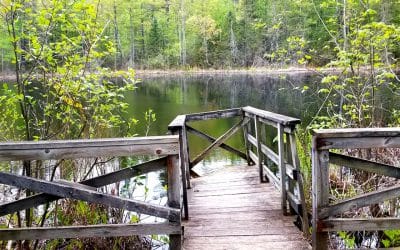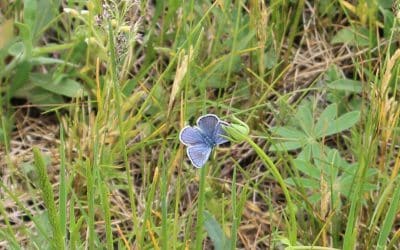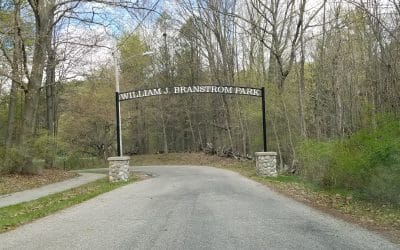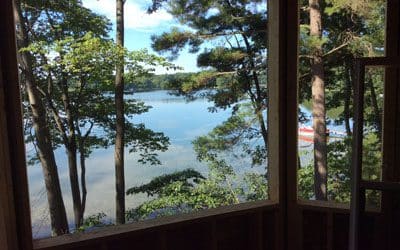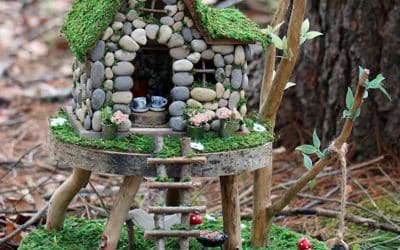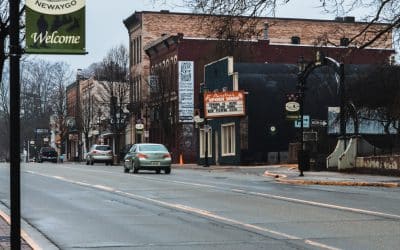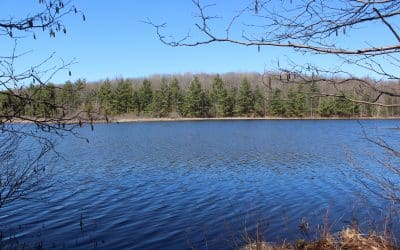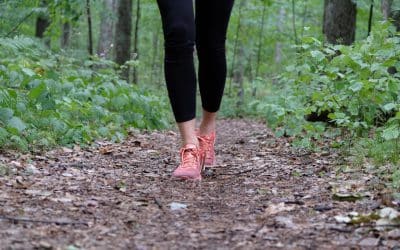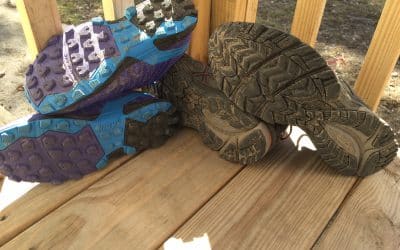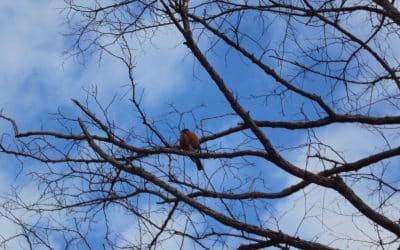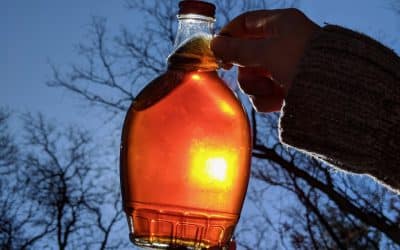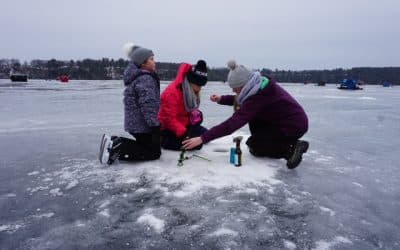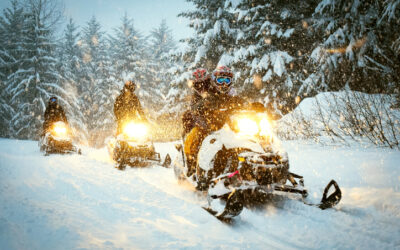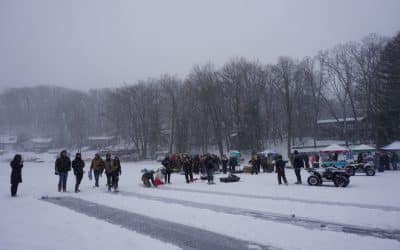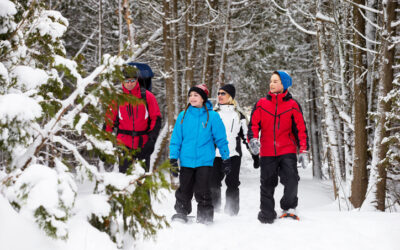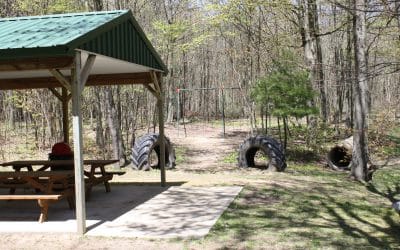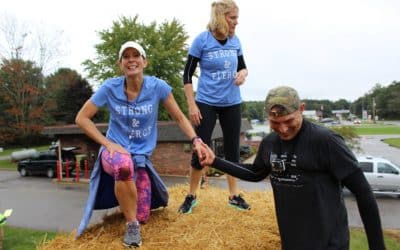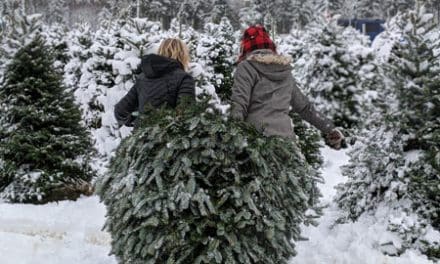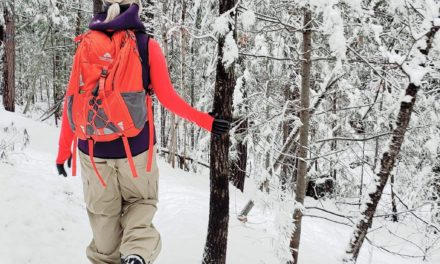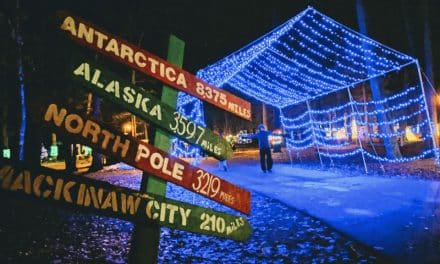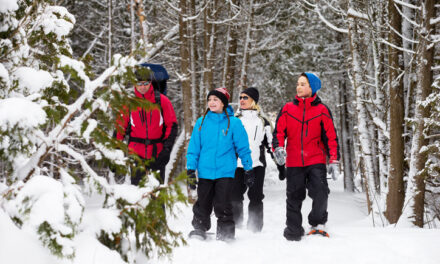By Samantha Breza
Want to do something new this winter? Try snowshoeing!
Snowshoeing is an easy sport to get into. The equipment is relatively cheap, snowshoers don’t have to register the equipment, or pay annual fees for it. Snowshoers don’t need to take classes or have special training to begin.
Traditionally snowshoes were used for getting around in snow without sinking into it with each step. They were used for hunting, trapping, collecting firewood from forests, or for doing daily chores on a farm. Using them for recreational use, such as hiking trails in the winter and competitive racing started a little over a hundred years ago, but snowshoes have been around for thousands of years. No one is entirely sure when the first snowshoes were invented, but archeologists think this happened in Central Asia around 4000 B.C. and were walked over the Bering Strait by the ancestors of modern Native Americans. The first snowshoes were most likely made of rawhide leather, wood, or bark.
Snowshoes have traditionally been made out of wood but most are made out of aluminum or plastic now. At different points in the twentieth century different manufacturers such as Tubbs and Atlas started to use aluminum to make snowshoes. There are a few differences between modern and wooden snowshoes. Modern snowshoes tend to weigh less, which means they are smaller than traditional snowshoes because they don’t need to balance out as much weight. Traditional snowshoes weaved wood across their frames whereas modern snowshoes use synthetic webbing to dispense a user’s weight. Whether they are aluminum, plastic or wood, every snowshoe has the same components. They have a board frame with webbing or lacing in it to prevent sinking into the snow. Snowshoes have turned-up tips at the front (or toe) that prevent snowshoers from getting stuck in loose snow. There are straps and a toe cord to keep feet on the snowshoes and a hole under the forefoot to let snowshoers flex their toes. Often there’s a tail at the end for extra stability.
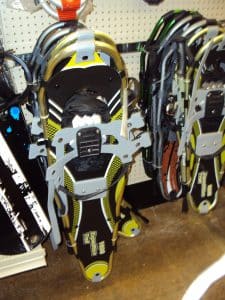
Snowshoes models come in four basic types, but are called by several names and are used for different reasons:
- The Yukon, Alaskan, Pickerel, or trail style snowshoe is oblong and usually four to five feet long and a foot wide. It has a turned-up toe and a long tail. It was made to walk on deep heavy snow over flat terrain, but can also be used to walk down steep hills on soft snow.
- The Ojibwa snowshoe was first crafted in Central Canada, which has wide-open areas that are coated in deep snow every winter. It has a long tail that points up and a pointed turn-up toe, and comes in many different sizes. Modern snowshoes come with spiky metal traction devices under the snowshoes that grip the snow.
- The Algonquin, beavertail, Maine, Michigan, or Huron snowshoe is ten to twenty inches wide and thirty to forty inches long. It has a long tail and a very flat toe and closely resembles tennis rackets.
- Bearpaw snowshoes are shaped like ovals and are mostly flat. Some newer models have a tapered tail design, a raised toe, and size adjustments so they can travel through underbrush and thickets. They have been traditionally used for going up steep hills. Sizes vary dramatically, but the popular Green Mountain bearpaw model is ten inches wide and thirty-six inches long.
Most important is that the snowshoes fit, can support the wearer’s weight (including their winter clothes and supplies), and can transverse the snow and terrain the snowshoer is on. The Algonquin and bearpaw snowshoes are best for hills and mountains, while the Yukon and Ojibwa snowshoes were made for flat land. How big the snowshoes have to be depends on the snowshoer’s weight, what they are carrying, and what kind of snow they’re going to be on (it’s easier to sink in powdery snow). Snowshoe manufacturers post this information on charts in their catalogs and websites. Retailers can also give you similar advice.
Once you have your snowshoes just put them on and walk in them. Walking in them is relatively easy. A wider stance accommodates the snowshoes best. Snowshoers shouldn’t lean backwards when descending a hill and should keep weight on their toes when they go up a hill. Turning in snowshoes required big graceful circles or U-turns. The rest involves putting one foot in front of the other.
The Snowshoes Experience by Claire Walter
The Wetland Trail – A Unique Ecosystem
I’ve mentioned before in a previous blog that I work for TrueNorth Community Services, the parent company of Camp Newaygo. Unless people attend one of Camp Newaygo’s public events such as their “Dinners on the Ridge” series this summer (July 20 or August 10) most...
Hunt for Karner Blue Butterflies at Sanctuary
Sometimes you want to do something different than follow a path through the woods. Maybe you want to create an adventure or a bit of a scavenger hunt for an endangered species. One of the good things about the late spring/summer season is the endangered Karner Blue...
A Branstrom Park Day
I had just bought myself a new pair of waterproof low hiking boots and I needed to try them out. If you live or work in Fremont, or if you’re vacationing in the area and stop there for supplies or to grab something to eat, do yourself a favor and do not overlook...
Our First Hike
Kelley and I had always dreamed on having a home near water when we retired. A place where we could sink down solid roots and flourish after many years of working and building a life for our family in the Detroit and the Grand Rapids areas. So, on weekends we’d go...
Camp Newaygo: A Special Day, a Special Place
It was a chilly Saturday morning for late April but I knew the Tai Chi would warm me up. It was the second in a series of free classes offered through the AmeriCorps Safe Routes to Health initiative at Camp Newaygo. The class, like the first one, was to be held in...
Newaygo: A Truly Magical Place
This truly is a magical place.Nestled on the banks of the Muskegon River in Newaygo County rests the nostalgic town ofNewaygo, MI. The historic district of this town still features all of the old world charm and design;restored vintage buildings, bustling...
Early Spring Hike Reveals Surprises
Spring fever had struck. I needed to hike and thought Loda Lake Wildflower Sanctuary would be a good place to explore and get my walking legs broken in. I didn’t think I would see many wildflowers, because even the daffodils weren’t up yet, but it was sunny and...
Learning to Love Running on a Ga-zillion Newaygo County Trails
The trees are heavy with the afternoon’s rain. Sagging evergreen branches hang over me; drip, drip, dripping onto the leafy floor. The sky is wrapped with clouds; dark blues and greys seeming to hold the sky closer to the Earth. The path is damp, rain...
How About a Walk on The Edge?
The Edge is a hiking and biking trail that runs along the Muskegon River on roads from Hardy Dam to Croton Dam. It's a slightly downhill stretch, so if you are running expect to have a fantastic pace per mile. I participated in a race a few years ago that started at...
A Branstrom Park Afternoon
With the sun shining brightly and spring in the air, one Sunday afternoon was the perfect day to hit the trails. I headed for Branstrom Park, in Fremont, to take a tour around the hiking trails there. The trails double as the Fremont Cross Country course, and the fun...
Birds of Newaygo County
In Newaygo County we’re lucky to have a plethora of birds to see and hear while exploring the trails and natural outdoor spaces throughout the region. It is true that many birds don’t stay in Michigan during the winter-yet even then we have many bird species. One...
Michigan-Made Syrup
Tapping and Boiling: A (Mostly!) Spring Guide to Michigan-Made Syrup The Tap I’ll never be one to complain about the coming of spring. Every year I look forward to the snow being replaced by morning frost, warming throughout the day. I look forward to the budding of...
Success at Dam to Dam 2018
by Carmen Faulkner At sunrise, the serious contenders went out. They walked or snowshoed or rode snowmobiles. Some carried ice shanties, others stuck true to what I would consider to be the ‘old school, torturous’ tradition of sitting on buckets in the wind and cold....
Acquiring and Operating Snowmobiles
By Samantha Breza There are no places to rent a snowmobile at in Newaygo County at this time. Snowmobilers have to own a snowmobile already or purchase one at David Allen Racing Motorsports on Maple Island Road. Winter clothes and goggles can be purchased at Dunham...
Dam to Dam Ice Fishing Tournament
by Carmen Faulkner All right everyone, the winter thaw is over! The few days of warm weather and the reminders from green grass poking up from under the usual January snow was wonderful, but wintery conditions have made their way back into the forecast for the...
A Beginner’s Guide to Snowshoeing Apparel
By Samantha Breza What supplies are needed on a snowshoeing trip depends on where the snowshoer is going and how long they’re going to be there. Snowshoers hiking on mountain trails during the winter need hydration systems, avalanche transceivers, signaling mirrors,...
Ensley Township Nature Preserve
By Wendy Sinicki Tucked in the southeastern corner of Newaygo County is a wonderful place to spend time hiking, especially with the family. The Ensley Township Nature Preserve, 6985 136th Street, Sand Lake, just west of Cypress Avenue, is designed with children in...
Are You Two Dam Tuff?
Are you Two Dam Tuff? It's a question that gets asked the first Saturday in October each and every year in Newaygo County. For those "in the know", The Croton and Hardy Dams are separated by about 6 miles as the crow flies, and are spectacular tourist draws in...

